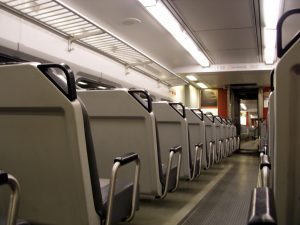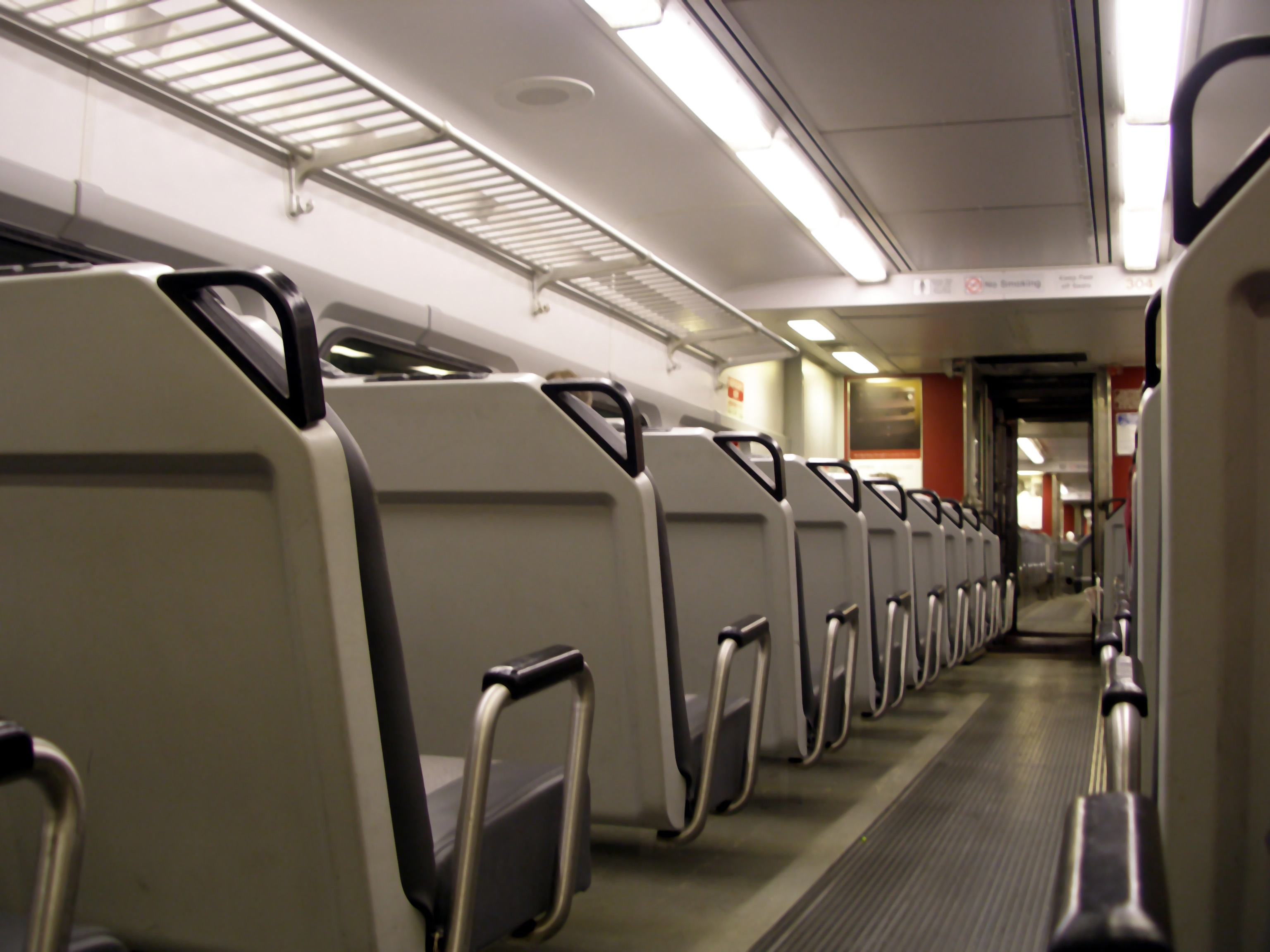Interurban passenger rail provides inexpensive remedy for commuter headaches
by Nick Ubels (Online Editor)
 During the heady days of Vancouver’s Olympic winter games, it was easy to get caught up in the dizzying displays of patriotism and truly inspiring goodwill found across the city. Half a year later, it’s time to ask ourselves what we can take away from our time in the spotlight. Sure, the city came together in some pretty incredible ways and Canada still dominates international hockey, but I think there’s a much more practical lesson at hand: if public transit is available, people will use it.
During the heady days of Vancouver’s Olympic winter games, it was easy to get caught up in the dizzying displays of patriotism and truly inspiring goodwill found across the city. Half a year later, it’s time to ask ourselves what we can take away from our time in the spotlight. Sure, the city came together in some pretty incredible ways and Canada still dominates international hockey, but I think there’s a much more practical lesson at hand: if public transit is available, people will use it.
The resounding success of the Olympic Streetcar line running from the Olympic Village to Granville Island is a prime example of the ways in which comprehensive transit systems can encourage greater ridership. Over 500 000 riders enjoyed the free service during its two month demonstration period, helping ease traffic woes during the densely populated event.
Rather than wasting taxpayers’ money on massively expensive road expansion projects such as the rebuilding of the Port Mann Bridge, set to cost an estimated $3.3 billion, the B.C. government should focus on developing a more practical, useable public transit system. An easy way to move closer to this goal would be the implementation of a light rail line spanning the Fraser Valley.
Increased congestion on Highway 1 is a valid concern for many Fraser Valley residents, but the continual expansion of freeways and the like is both short-sighted and costly. It’s a band-aid fix to this growing problem. By the time most of these projects are completed, traffic will have increased beyond their capacity anyways. What is needed is a viable, user-friendly public transit system.
It is impossible to expect commuters to endure the extremely limited routes that plague our inefficient system. It would take me hours to get from my house in Cloverdale to the University of the Fraser Valley in Abbotsford when I could drive the distance in just over half an hour.
A new light rail system would be quite inexpensive as the tracks are already in place. If we upgrade the old interurban tracks running from New Westminster to Chilliwack, the total cost of operation would cost only $250 million to $1 billion for an extremely comprehensive service running to Vancouver and including a new rail bridge over the Fraser. This pales in comparison to the estimated $7 billion price-tag attached to the proposed gateway highway expansion project.
The Fraser Valley’s population of 800,000 (and growing) is more than enough to sustain this sort of light rail system and make it profitable, not to mention the drop in pollution from exhaust emissions that would be seen in the wake of such a move.
Not only would a light rail system provide a viable alternative for commuters, it would take the pressure off our overcrowded highways, decreasing congestion in the process. So let’s build for future sustainability instead of throwing money at expensive temporary solutions.


